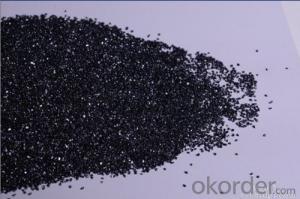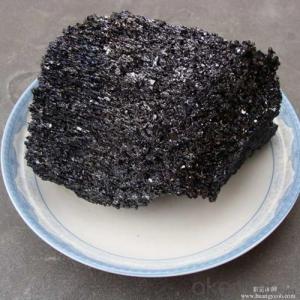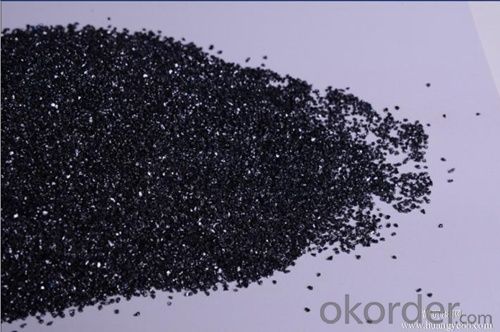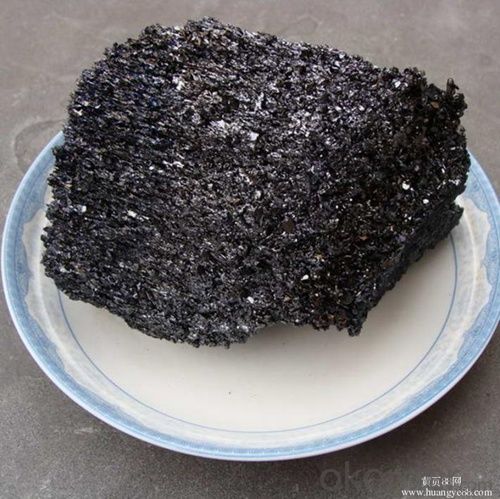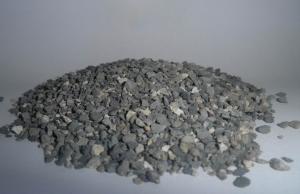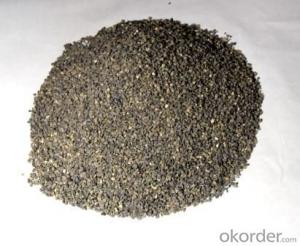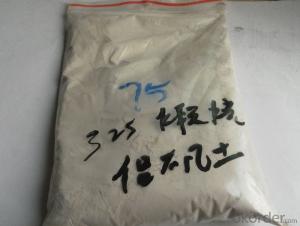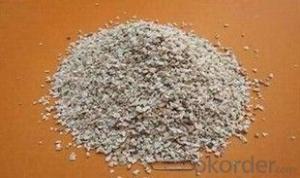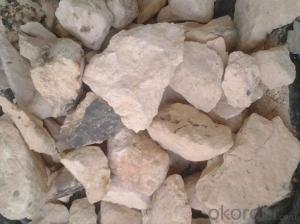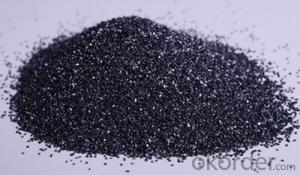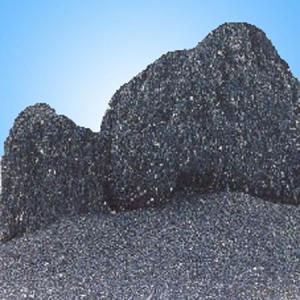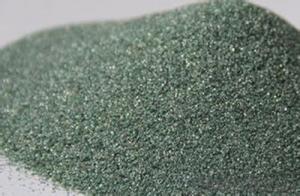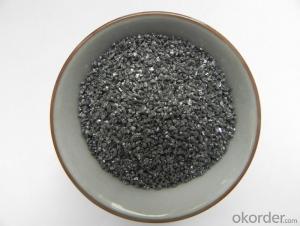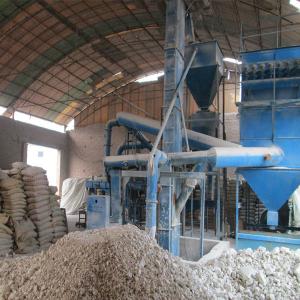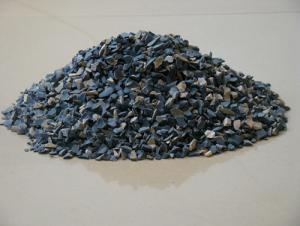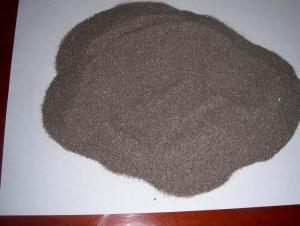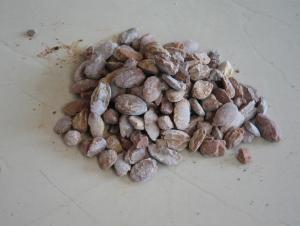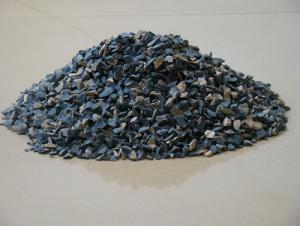High Purity Compound Nano Silicon Carbide with High Quality - Raw Materials for Refractory
- Loading Port:
- China main port
- Payment Terms:
- TT OR LC
- Min Order Qty:
- 25 m.t.
- Supply Capability:
- 2000 m.t./month
OKorder Service Pledge
OKorder Financial Service
You Might Also Like
Packaging & Shipping
Description
The particles that are used in the pharmaceutical industry are still micron size only because the nano powders in the pharmaceutical industry are still in the research stage for most of the cases but in some cases of laparoscopy and angioscopy nano powders have been used but it are not cost effective. In the recent years the demand for nano powders are increased drastically because of its wide range of applications by producing Nano powder with metals like aluminum, iron and copper. This Novel technology is used in the production of aluminum powder which has applications in aviation industry.
Applications
Metallurgical deoxidizer
High temperature resistant materials
As abrasive, abrasive tools can be used to such as grinding wheels, whetstones, grinding head, sand tile etc
Advantages
Corrosion resistance, high strength, high hardness
Good wear-resisting performance,resist to shock
Stable chemical performance, high thermal conductivity, high resistant temperature
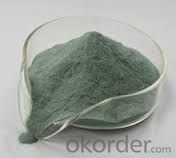
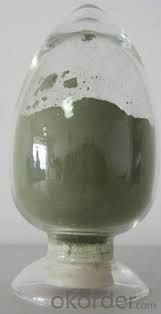
- Q: which kind of material is chosen for fireproofing window?
- (1) the inside filler material of steel, wood frame should use incombustible material. (2) window frame uses steel frame or wooden frame with certain strength that can safeguard the integrity and stability of the components. (3) steel frame and mound layer can choose galvanized?steel?sheet or stainless steel plate. Its selection criteria conform to the article 5.1 in GB12955 Steel Fireproof Door General Technical Condition. (4) the selection criteria of wooden frame and mound layer should conform to the article 5.1 in GB12955 Wooden Fireproof Door General Technical Condition. (5) fire-resistant glass can choose test approved products without affecting the fire resistance of fireproofing windows . Light transmittance of glass should not be less than 75% of same layers commom sheet glass. (6) the sealing material between the frame and the fire-resistant glass should use flame retardant materials, it can play a role of fireproofing and smoke insulation in the fire. (7) hardware accessories should be tested qualified approved supporting product.
- Q: What are the refractory stocks?
- The company produces energy saving, environmental protection type functional refractory materials and unshaped refractory materials. It is the main functional refractory material and unshaped refractory production enterprise in china. Company's products to new green high-quality refractory materials, energy saving and environmental protection as the leading iron and steel industry technological progress and improve the level of technology and equipment to adapt to meet the "development policy" refractories industry to develop industry, has a strong competitive advantage in the market. The main domestic refractory products company can only use part of the products of refractory materials production of iron and steel industry, iron and steel industry production and Pu resistant can be used in the vast majority of refractory products, iron and steel industry with the most complete refractory products. Therefore, the future development of the company is closely related to the prosperity of the iron and steel industry. More than more than 2000 enterprises in refractory industry, the company is the largest supplier of refractory materials in China, and the market share is less than 2%. Iron and steel group integration will inevitably lead to the overall contract cost control, supplier refractory decreases by seventy or eighty to two or three. The company's overall contract accounted for 37% (Montreal 68%), the overall contract increase will enhance the market share and profitability. China's urbanization, industrialization and investment in the 4 trillion infrastructure will stimulate sustained and rapid growth of China's steel demand. Therefore, in the long run, the prospects for the development of refractories for iron and steel are broad.
- Q: What is the fire endurance of ceramsite concrete blocks?
- The fire endurance of 240mm thick ceramsite concrete blocks is 2.9 hours. It is made by adding pottery into fine aggregate, using cement as binding material, by mechanical mixing, molding machinery and natural protection. Ceramsite building blocks are used as wall material, which can reduce workers' labour intensity. It saves work and material. There is no empty drum during rendering. It is not easy to produce fissure. It has sound insulation, good thermal insulation performance, and is convenient to decorate. Nails, expaned setscrew and no wood anvil can be directly hit into wall. Moreover, It has high firmness.
- Q: What's the fire endurance of hollow brick?
- This question is really very simple. It is better no to exceed 1050℃, or it will be easily burnt. I think 980 ℃ is ok in reality. It depends on how thick your wall is because fire endurance of hollow brick is related to wall thickness. 24 wall can generally endure for 3 hours or more.
- Q: Does hardware construction materials contain refractory?
- refractory includes one kind of building materials. It is a special material and not commonly used.
- Q: What material is refractory material?
- Basic refractory materials, basic refractory, CaO, basic, MgO style alkaline earth oxide. The refractory materials mainly refers to magnesia refractories, dolomitic and lime refractory refractory. Main categories: (1) strongly basic magnesite brick, magnesia carbon brick, limestone and dolomite brick refractory materials;(2) alkalescent magnesia chrome refractories, forsterite refractory, magnalium and magnesia-chrome spinel refractory, basic refractory materials, high-temperature caustic slag, alkaline solvent resistance, strongly acidic slag flux or acidic refractory. The reaction is mainly used in steel furnace such as colour metal smelting furnace and cement kiln.
- Q: what is the common materials for home fireproofing material?
- 1, lumber core 2,decoration panel 3 , plywood 4 density board 5,chipboard 6 fireproof?panel, 7.gypsum board Hope to adopt my opinion
- Q: How is the fire endurance of the fireproof paint?
- Fireproof endurance. fire resistance test of certain building components showed by standard time temperature curve from starting of fire to lose the supporting capabilities or its integrity or fireproof property. The fire proof endurance is 5hours.
- Q: What's the heat conductivity coefficient, specific heat capacity and density of the refractory material of magnesite-chrome brick and magnesia-alumina brick respectively?
- It is suggested that you find some samples of well-known manufacturers, such as Ogilvy and Mather Group, and that will be more correct.
- Q: Is it normal for caable fire resistant material to catch on fire?
- Abnormal; aging is certainly one of the cause of the fire. That is caused only because of poor insulation and aging caused by short circuit, but a more important reason is configuration of air switch does not meet the requirements. If the capacity of air switch equals that of the cable, trip will happen at the moment when current is overloaded, not causing a short circuit or over current fire.
Send your message to us
High Purity Compound Nano Silicon Carbide with High Quality - Raw Materials for Refractory
- Loading Port:
- China main port
- Payment Terms:
- TT OR LC
- Min Order Qty:
- 25 m.t.
- Supply Capability:
- 2000 m.t./month
OKorder Service Pledge
OKorder Financial Service
Similar products
Hot products
Hot Searches
Related keywords
